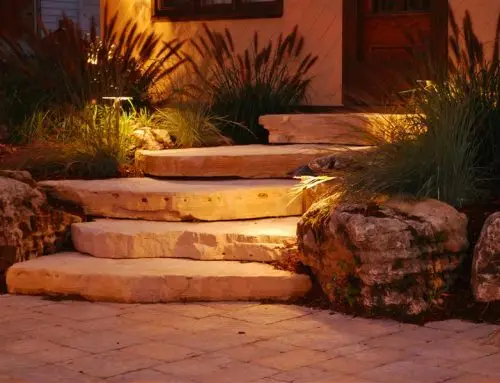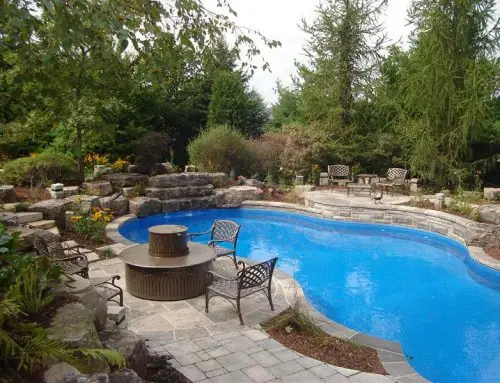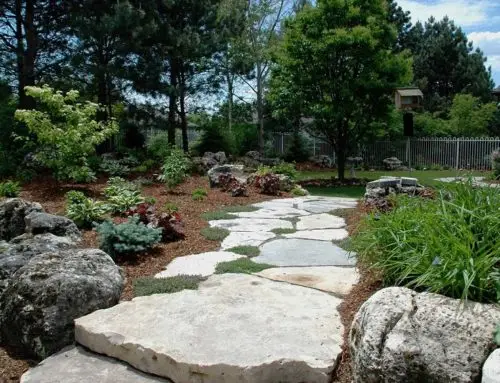As the weather starts to warm up, there is a good chance that your thoughts are beginning to turn more and more to your outdoor space. You may be thinking about spending more time outdoors or possibly even about giving your outdoor area a facelift. If you are thinking about the latter, then it is a good idea to understand some of the basic principles of landscape design.
And while the exact elements you choose for your outdoor space are going to depend largely on your preferences, using certain overarching principles is going to help boost your creativity and help your design remain cohesive.
The main principles of landscape design are proportion, order, repetition and unity.
Proportion
Proportion refers to the size of objects in relation to other objects in your design. When you are choosing features, whether they be fountains, plants, or furnishings it is essential to think of how their proportions will work with the proportions of other elements that you have already selected for your landscape design.
The proportion may seem like an obvious principle that you should be paying attention to, but it still requires a little planning. For example, you may see a plant at your local nursery that you love the appearance of, but you still need to consider the size that plant may be by the end of the season!
Order
Order is all about how one feature or area of your landscape design flows into the next. Depending on your tastes, you may choose an order that is balanced and symmetrical, or you may select an order that is asymmetrical yet still balanced.
For asymmetrical balance, use features that are different from each other but that add similar “weight” to the landscape.
Repetition
With repetition, you can create predictable patterns throughout your landscape design. To do this, choose a feature or pattern that can be repeated throughout the space. If you use too many unrelated features, the result can be that your outdoor area will look cluttered.
Be careful as well not to repeat an element too many times either as doing so may also make your design look boring or monotonous.
Unity
When it comes to landscape design, the principle of unity means that everything in the space looks like it belongs there. There are no features that appear odd or out of place. With unity, everything will appear consistent. To accomplish unity in landscape design, it is a good idea to choose a particular theme or style. For example, if you have selected a very traditional style, it is likely not a very good idea to incorporate an ultra-modern feature into the design.
If you are considering upgrading your outdoor space this year with some new landscaping, then following the principles of landscape design will help you to achieve a look that you and your family can enjoy for years to come. And if you would like help achieving this look, then contact the experts at Evergreen Landscapes today.





